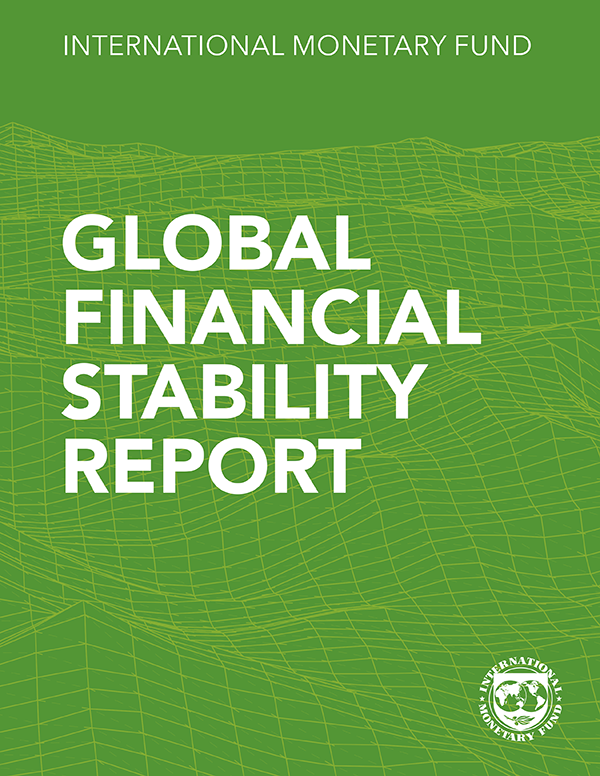In Latin America, fiscal policy can lighten the burden of central banks
Growth in Latin America is projected to slow to 1.6 percent this year after a remarkable 4 percent in 2022. Price pressures that accompanied last year’s brisk economic activity appear to have peaked, but underlying inflation remains stubbornly high, disproportionally hurting low-income households who spend most of their earnings on food. To mitigate the risk that inflation becomes entrenched, fiscal policy can help monetary policy in reducing demand pressures.
After peaking at 10 percent in mid-2022, headline inflation in the largest Latin American economies has slowed to 7 percent in March. However, this drop mostly reflects the fall of commodity prices from their peaks. Progress in bringing down core inflation, which excludes food and energy, appears to have stalled. Labor markets are tight, with employment firmly above its pre-pandemic levels. At the same time, output is at or above potential, and short-term inflation expectations exceed central banks’ target ranges. Strong domestic demand, rapid wage increases, and broad-based price pressures all point to a risk that inflation in the region could remain unacceptably high.
Publications

-
September 2025
Finance & Development
- Stablecoins and the Future of Finance

-
July 2025
- Global Imbalances in a Shifting World

-
Regional Economic Outlooks
- Latest Issues










